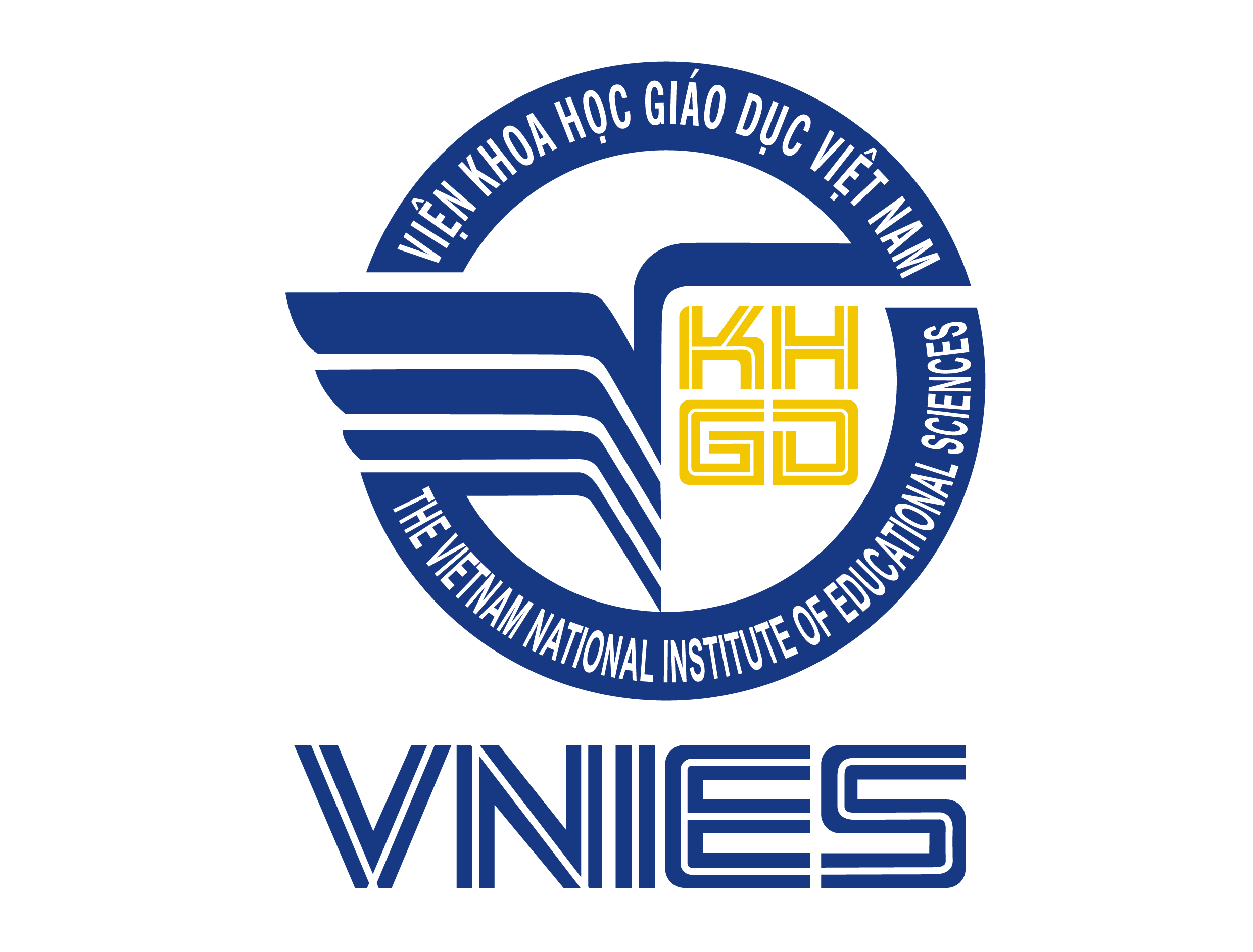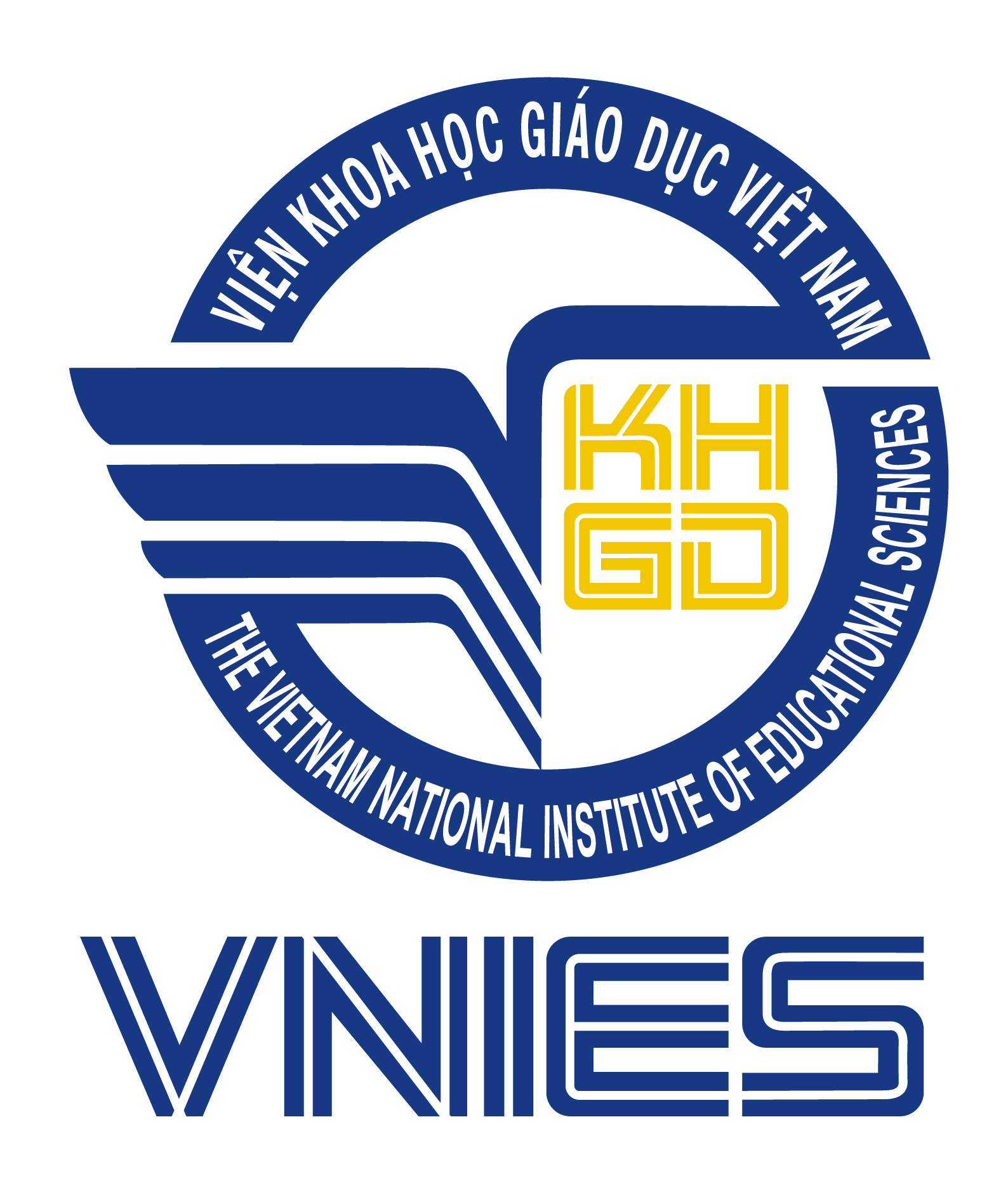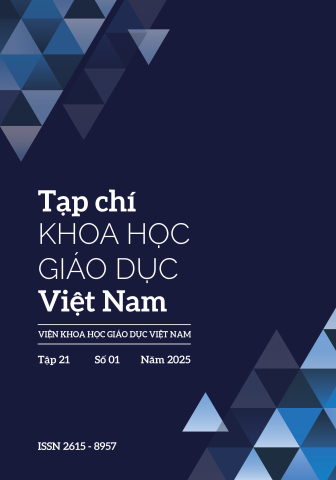[1] Ban Chấp hành Trung ương. (2013). Nghị quyết số 29- NQ/TW về Đổi mới căn bản, toàn diện giáo dục và đào tạo, đáp ứng yêu cầu công nghiệp hóa, hiện đại hóa trong điều kiện kinh tế thị trường định hướng xã hội chủ nghĩa và hội nhập quốc tế, Hà Nội.
[2] Bộ Giáo dục và Đào tạo. (2018). Thông tư số 32/2018/ TT-BGDĐT Chương trình Giáo dục phổ thông môn Toán, Hà Nội.
[3] Dalacosta, K., Kamariotaki-Paparrigopoulou, M., Palyvos, J. A., & Spyrellis, N. (2009). Multimedia application with animated cartoons for teaching science in elementary education. Computers & Education, 52(4), 741-748
[4] Đặng Thị Thu Thuỷ (chủ biên) - Phạm Văn Nam - Hà Văn Quỳnh - Phan Đông Phương - Vương Thị Phương Hạnh, (2011), Phương tiện dạy học - Một số vấn đề lí luận và thực tiễn, NXB Giáo dục Việt Nam
[5] Hoàng Phê (chủ biên, 2006). Từ điển tiếng Việt. NXB Đà Nẵng
[6] Lê Thị Cẩm Nhung (12/2019). Giới thiệu một số phương tiện dạy học trong dạy học Hình học ở tiểu học theo định hướng phát triển năng lực cho học sinh. Tạp chí Giáo dục, số đặc biệt, tr.162-165
[7] Phạm Hải Châu. (2021). Thiết kế tình huống thực tiễn có bối cảnh thực trong dạy học môn Toán ở tiểu học, Nghiên cứu lí luận, (40), 30 - 35.
[8] Phan Thị Tình & Mai Thị Thu Uyên. (2022). Thiết kế phim hoạt hình hỗ trợ dạy học môn Toán lớp 2 theo hướng kết nối tri thức với thực tiễn. Tạp chí Giáo dục, 22(6), tr.8 - 12.
[9] Quốc hội. (28/11/2014). Nghị quyết số 88/2014/QH13 về Đổi mới Chương trình, Sách giáo khoa Giáo dục phổ thông, Hà Nội.
[10] Trần Lương, Bùi Thị Mùi (2018). Giáo trình Giáo dục học. NXB Đại học Cần Thơ


